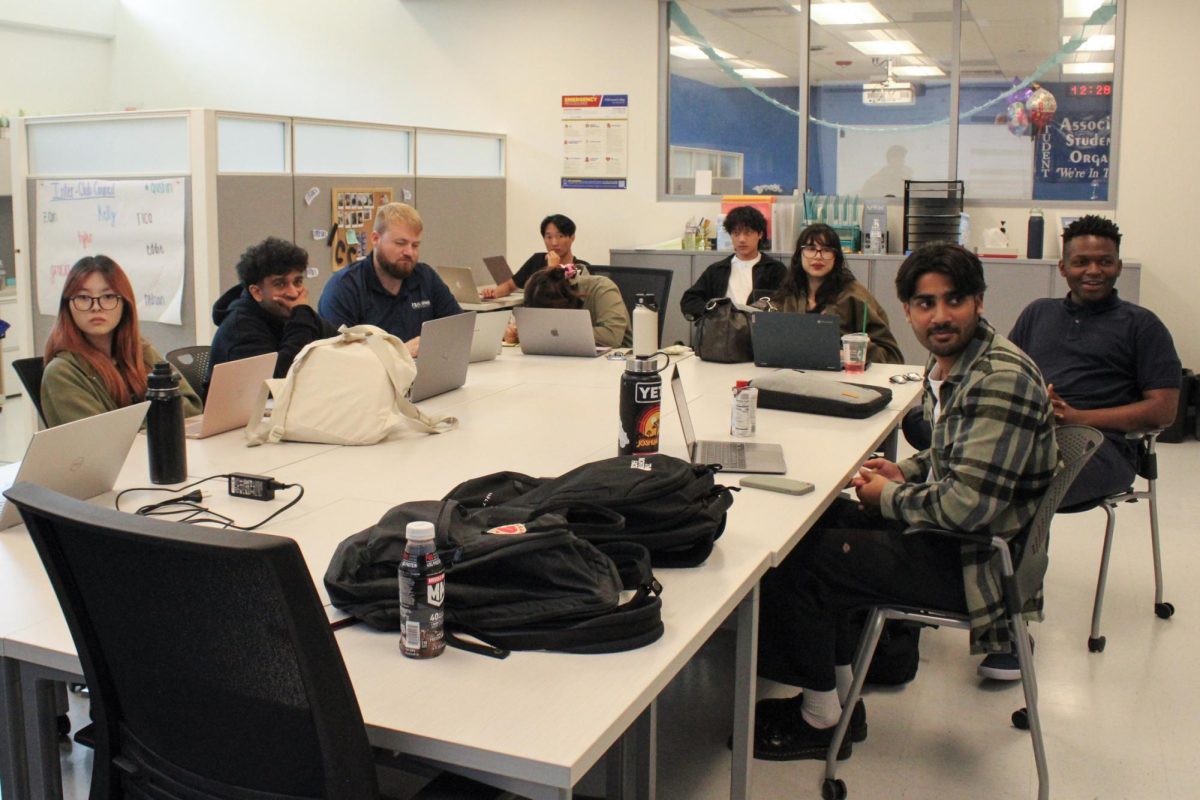It started with a mousetrap.
A mousetrap that would help her realize what she wanted to do for the rest of her life.
For Gesenia Grajeda, 23, manufacturing technology major, this mousetrap was her realization of majoring in engineering as she left the art academy to pursue the engineering academy at Hawthorne High School.
Growing up, with her dad being an auto body technician, Grajeda was surrounded by engineering, which she was not aware of until later when it started to help her succeed in her major.
Watching her classmates build the mousetraps in high school would later transition into her life at the same time as balancing her life.

Like building a mousetrap, Grajeda builds her lifestyle as a single mother, who must balance her responsibilities as she takes care of her daughter, takes her classes, as well as runs the Women in Industry and Technology Club on campus.
Though she is the only woman in her machining class, it doesn’t stop her from proving to herself that she can do it, however, she came to a realization that not enough women were joining STEM programs at El Camino College (EC).
Though this became a big issue, in the years she has been going to school at EC she has realized improvement upon more women joining STEM programs and clubs. Over the last five years, more women in community colleges have gotten involved with STEM majors and programs, however, EC is still lower than most community colleges throughout Southern California with men exceeding women in STEM programs and majors.
This has been an ongoing issue of not enough women joining STEM programs, as cultural factors play a role in why more women are not joining, however, community colleges are finding new ways in getting more women involved, as well as having them stay in the programs.
With needing both male and female perspectives in the STEM field, community colleges, like EC are trying to help and support women through the programs offered on their campus.
“We need both those perspectives to see how your technology your developing is affecting people and how you can improve that technology for the people,” Nicole Nahabedian, 19, mechanical engineering major said.
Full-time equivalent students, a measurement equal to one student enrolled full time for one academic year, in the programs/majors of biological science, mathematics, and engineer and industrial technologies, divided into female and males, in six different community colleges shows improvement on more women in STEM programs.
EC is one college with a low amount of women in these programs as well as Fullerton and Cerritos community colleges, however, their numbers have increased over the last five years. On the other hand, Chaffey, Long Beach, and Santa Monica community colleges have maintained more women to stay in their programs, according to the California Community Colleges Chancellor’s Office Data Mart (CCCC).
Data of women in STEM at community colleges
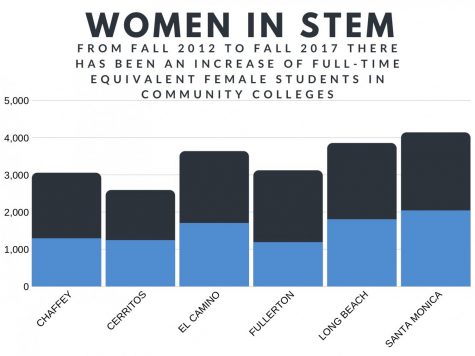
EC compared to Long Beach has had the same increase in women, with Long Beach having a 13% increase of full-time equivalent women joining the programs of mathematics, engineer and industrial technology and biological sciences within the last five years.
However, compared to Santa Monica College (SMC), EC has had a higher increase of women, but it still hasn’t excelled in passing the men in the field. Whereas SMC, within the last five years, has only had a 2% increase in women, but they continue to be higher than men, according to CCCC data mart.
Sandra Collins, professor of biology at Chaffey College, went on a year-long sabbatical to understand the gap between men and women in the STEM field and came across the culture surrounding the issue.
She describes this culture as a “societal issue” where women are taught at a young age to excel in science in math, but struggle when they are at a university level because they can’t get promotions or equal pay. This culture hires male scientists over women scientists, and women are paid less and don’t have enough resources to succeed in industries of STEM, she said.
“I think men are so important, I think they are instrumental in being a role model,” Collins said. “I think personally, it has to be a culture change because it’s not just going to happen and it certainly can’t happen if women just complain about it and say it has to get better.”
Though the culture may be what is stopping women from joining STEM programs, community colleges are trying to change it by providing more resources and support in their schools.
Why women are not joining STEM
Grajeda is part of the Robotics Club on campus, as well as president of the Women in Technology, and believes EC has helped her create a safe environment for women. But because of the culture surrounding EC, it is difficult to find women who are willing to stick with a STEM major, she said.
“One of the biggest impacts, I think, is the areas where the schools have been, like the culture,” Grajeda said. “Around the El Camino area, I think we are more middle class, very diverse, very Latino families, but not too many engineers, so the idea of becoming an engineer has to come naturally from the student, rather than their family.”
EC has a large population, however, there are more men than women in the majors of biological sciences, mathematics, and engineering and industrial technologies. Over the span of five years, there has only been an increase of 13% of women joining the programs, whereas men have increased by 14%.
This is true, for there is a higher population of men who join these programs over women, according to the CCCC data mart website.
“Getting exposure somewhere else, that isn’t their family, can be hard because it’s kind of hard to imagine for them doing engineering because they don’t have an example or role model, so the idea isn’t implanted in their head at a young age,” Grajeda said.
Victoria Martinez, ITEC/Academic & Career Counselor at EC, said that not having a role model as a young age, could affect why many women may not join the STEM route. Her solution is for kids to start early and get interested in STEM at a young age.
“It could be a couple of variations of things,” Martinez said. “It can also be that women have not had good role models going into the STEM area or know anyone who’s been in the science related areas.”
For Nahabedian that was the case as she grew up with no role model working in the STEM field. Her mom owns a restaurant and her dad is a chef.
Though most of her classes, and even in the Robotics Club, are outweighed by men Nahabedian said growing up she would excel in her STEM classes, but when she came to EC she found her interest in mechanical engineering, which led her to become one of the first female presidents of the club.
In a study on March 2018 by the National Girls Collaborative Project (NGCP), an organization that informs and encourages girls to pursue careers in STEM located in Seattle and throughout the U.S., kids, both female and male, who take STEM courses in K-12 do not significantly differ in their abilities in mathematics and science but they do when it comes to their interest in taking STEM subjects.
However, once they approach higher education, the majority of males earn bachelor’s degrees in computer science, engineering, and physics, whereas fewer women get a degree in those courses, according to NGCP report.
“In elementary school and middle school, [women] excel and do really well, but then in college and university level, not enough women get jobs,” Collins said.
With her research from her sabbatical, Collins found out that children in K-12 who were taking STEM subjects were excelling, however, when they entered higher education, women struggled to get promotions and good pay in the workforce as only 24% of women held jobs in the STEM field.
Support offered at community colleges
In Chaffey College Dean of Science and Mathematics Theodore Younglove said this ongoing issue of not enough women joining STEM has declined as more women have joined with the support being offered on their campus.
Chaffey Community College has had more women than men in biological sciences, mathematics, and engineering and industrial technology within the last five years. Compared to the other five colleges, Chaffey has had a 36% increase of more women joining the programs.
Chaffey and Fullerton both had the highest increase of women joining the programs, according to the data reviewed by The Union. Fullerton College had a 62% increase, compared to EC within the last five years, Fullerton has increased 48% more than EC.
At Chaffey, STEM programs “tend to be more heavily weighted towards females,” Younglove said.
With Chaffey being divided into three campuses, Younglove believes there is definitely a cultural effect. Both Chino and Rancho Cucamonga campuses tend to be “an upscale college area” but the campus in Fontana is a more difficult to reach out to, Younglove said.
Fontana is a population where fewer parents have gone to college and “a lot of the college there, we have to make extra outreach efforts for students to consider a lot of the STEM fields,” Younglove said. “They don’t see it as something they can do necessarily.”
Younglove makes sure he involves parents, as well as the students, by translating videos and powerpoints in both Spanish and English, so they can have a better understanding of the resources provided in the community colleges.
He believes that if parents understand what is offered at community colleges, more women can join STEM programs and offer their different perspective in the workforce that could help men see certain situations differently.
Nahabedian also believes men play a big role in changing the [cultural] issue as she feels the perspective of women “doesn’t get explored, or can’t really be explored as well through like a solely male perspective.”
With its more recent club, EC is making a change to try to be one of the first community colleges to join the Society of Women Engineers Organization (SWE), which is a nationwide organization to empower women engineers by supporting and helping them find jobs, get scholarships, and get hired on the field on engineering.
“We provide support and we do that in different ways, by meeting usually once a week and talking about different things, we may have guest speakers, we may have workshops, we may go on tours,” Martinez said.
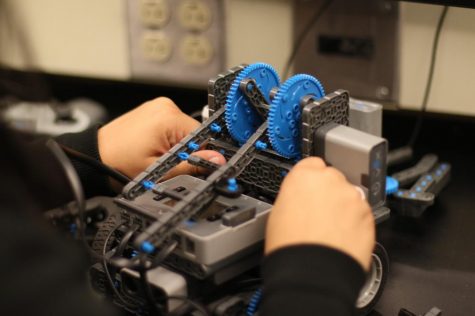
One of the many things EC offers in the summer is the Northrop Grumman internship program and most women who apply and get interviewed from EC usually end up landing the job, Martinez said.
At Chaffey, Younglove said he got a STEM grant for students to study research projects outside of Chaffey and at other universities and businesses.
“We are doing living lab activities where we use the campus as part of a classroom,” Younglove said. “We also line up partnerships with other colleges and businesses and we get students to apply and go. We pay for the students to go for the summer, we pay their travel and then they go and work for free in various labs.”
Collins said the issue of not enough women in STEM has been improved. With societal issues stopping women from joining STEM, Collins believes with different perspectives in the field, it could get better.
“It’s this whole idea of diversity, it’s the idea that when you have diversity, if the people think different then they can offer different points of views, different ways of hassling a problem, and seeing a problem, being able to identify things differently,” Collins said.
As for younger generations who dream of pursuing this career, Nahabedian said it won’t be easy, but it definitely is worth it.
“I’d encourage little girls to not be afraid, no matter what anyone else says, to put yourself out there and just go for it,” Nahabedian said.




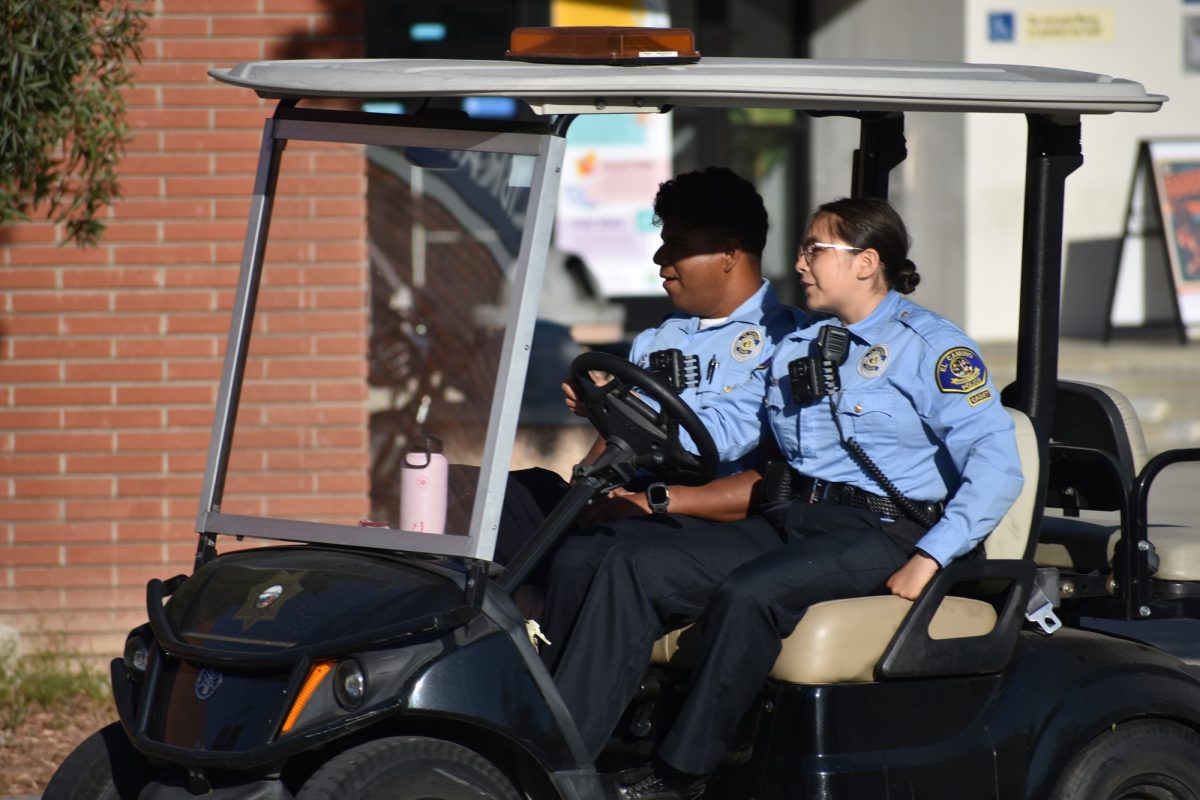
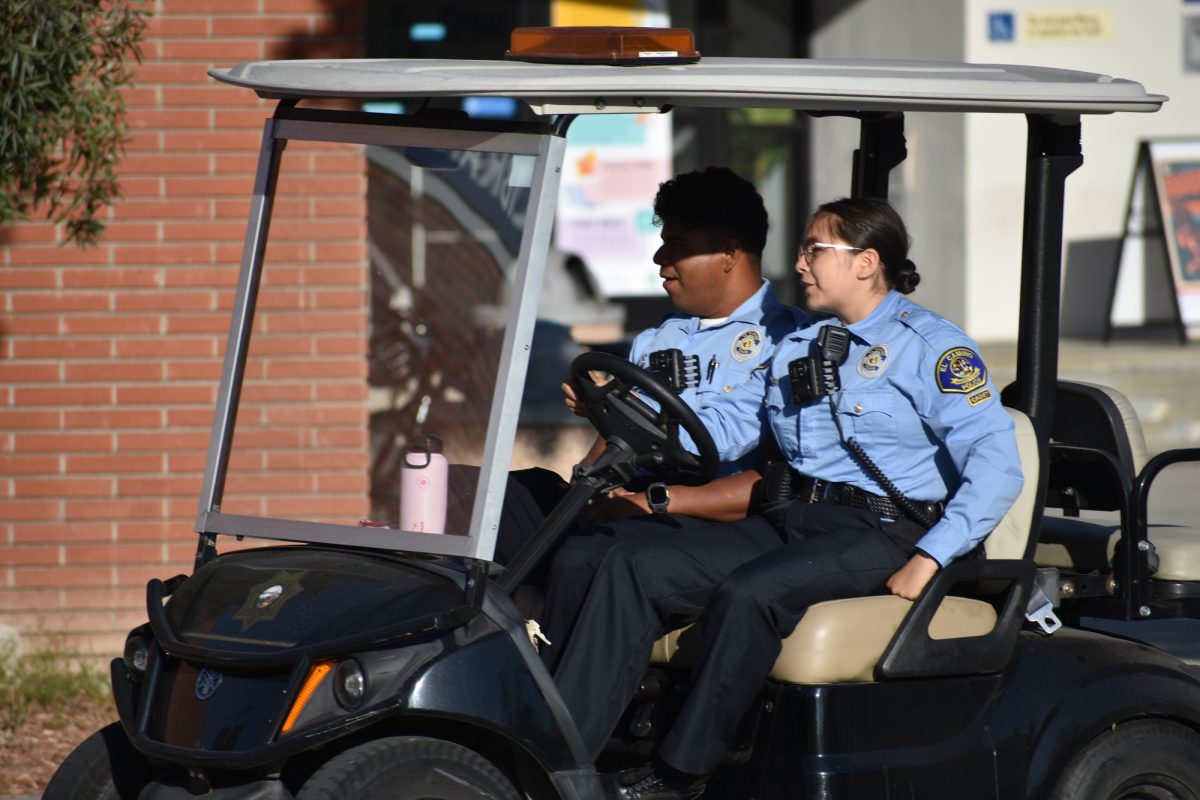
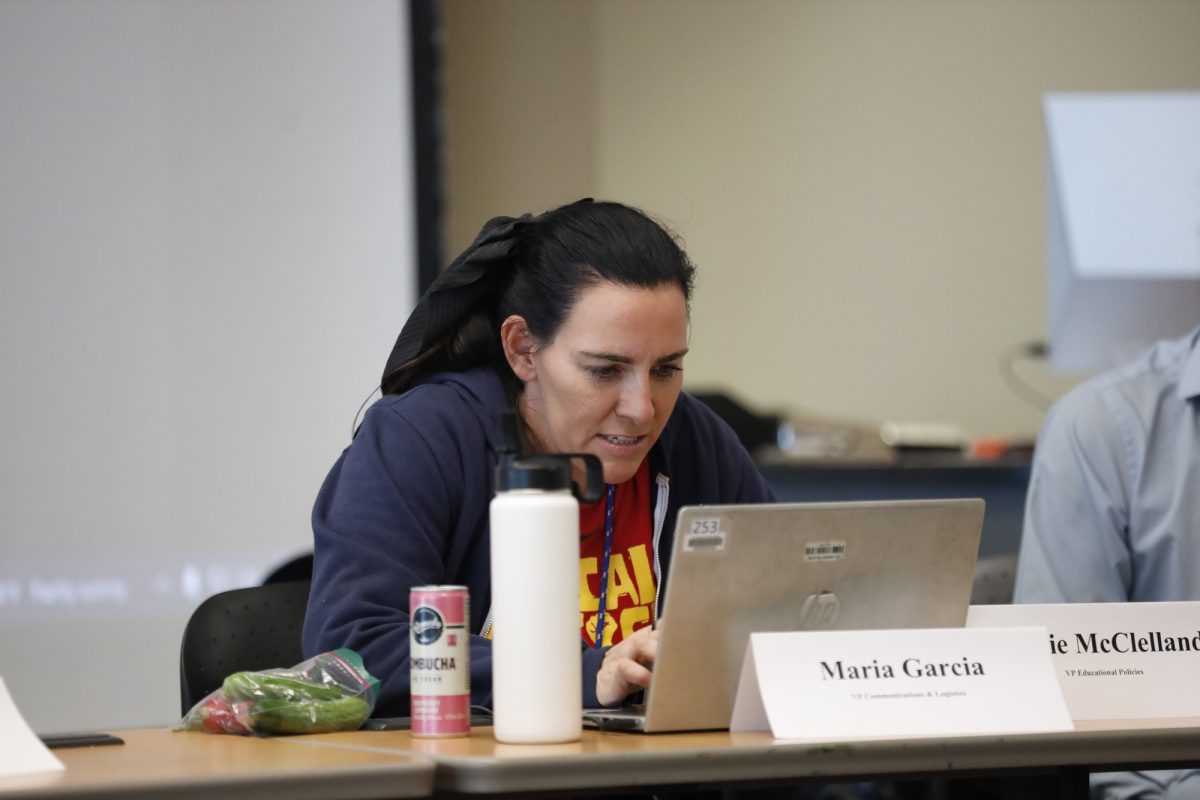

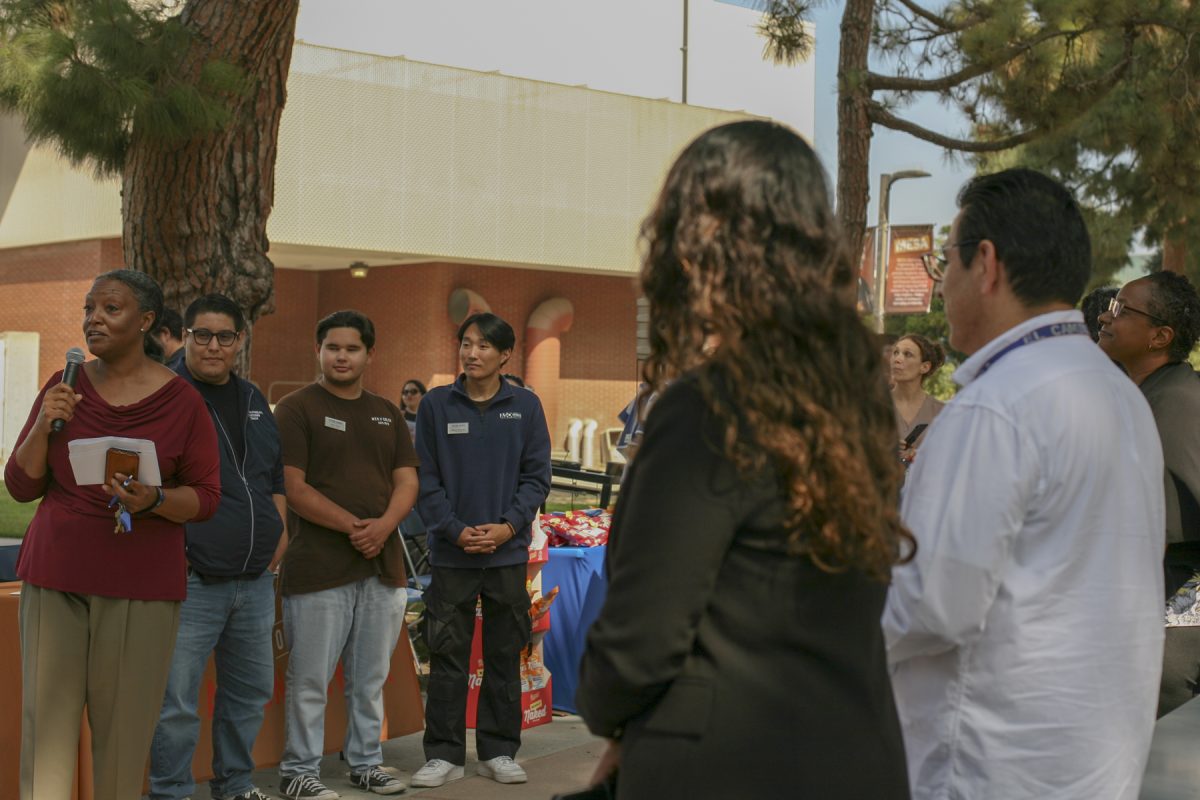
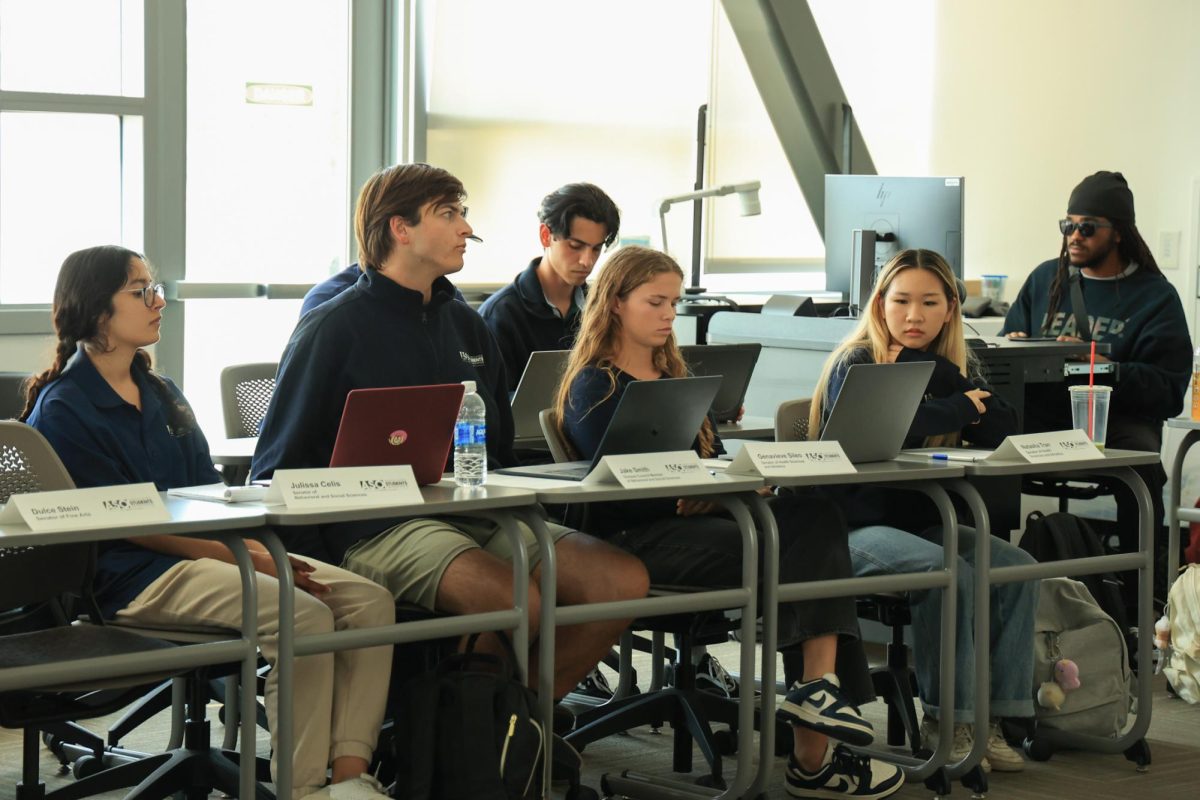
![Munira Shatarah, a 61-year-old Palestinian from Jaffa and a nursing major, demonstrates the Palestinian flag at a Palestine rally at El Camino College on Oct. 8, 2024. Shatarah said it's "miserable" for those living in Gaza, as families are killed and people are left in poor humanitarian conditions. She added that the land belonged to Palestine, and that they would get it back soon. “[It’s] not their [Israel's] country, it’s our country," she said. (Angela Osorio | The Union)](https://eccunion.com/wp-content/uploads/2024/10/IMG_6021-1200x800.jpg)

